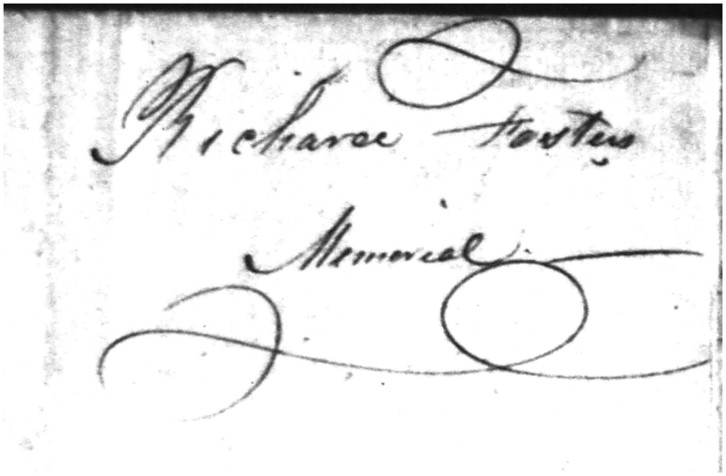- Submitted on
- 2 comments
Tips for Transcription
The end result of palaeography often is transcription of a document. Transcription practices are not standardized, but there are some general “good practices” to keep in mind:
- Details are important: try to stay as close to the original text as possible without biases.
- Keep original spellings, punctuation, capitalization, and brevigraphs –for example, the ampersand (&).
- Crossed out words should be struck through.
- Insertions are indicated with a caret mark ^.
- Use square [ ] brackets for guesses by the editor.
- Use braces { } to indicate where original text is missing.
Notations can be made on particular scripts, change in hand, etc. at the end of the final transcription.


Working Through a Palaeographic Problem
The following is an example of how to work through a tricky spot in transcription. This problem arose during the creation of a finding aid for the Port Roseway Associates Minute Book from the Township Records of Shelburne County, Nova Scotia, Local Records: 1782-1860. We could not decipher a particular, frequently occurring word in the handwritten index of the record.
Here are the steps we followed and the techniques used which provided a successful result:
- Transcribed what could be figured out and put in brackets what could not initially be understood.
- Multiple individuals looked at the document.
- The original document was magnified.
- The word was cross referenced within the document, as it appeared a number of times.
- The context of word and content of document was considered.
- The transcription was left and returned to later.
- We went through the word letter by letter.
- . . . And Googled different options.
The result: The word was anent, which is an archaic, Old English word meaning “concerning or about,” which made total sense in the context of the document.

Useful websites:
- Institute of Historical Research, University of London (Medieval, Early Modern) http://www.history.ac.uk/research-training
- The National Archives (London) http://www.nationalarchives.gov.uk/palaeography/
- Cambridge University online course http://www.english.cam.ac.uk/ceres/ehoc/index.html
- Brigham Young University Script Tutorial https://script.byu.edu/Pages/English/en/alphabet.aspx
- ScottishHandwriting.com
Want practice? You can help with the Nova Scotia Archives “Transcribe” project online: https://archives.novascotia.ca/transcribe
Note: All writing samples featured in this post are drawn from The Loyalist Collection.
Leah Grandy holds a PhD in History and works as a Microforms Assistant at the Harriet Irving Library.

Comments Add comment
Writing Out
Abbreviations
Thanks for your comment and question! Of course, this would depend on what you were doing the transcription for and the directions of that project, but we generally transcribe as we see it, as interpretation can be a slippery slope. A good option is putting the full word in editorial bracket afterwards - e.g. "Esq. [Esquire]." If this is cumbersome, a document can be attached with instructions and information describing some common abbreviations. However, if you are creating a nominal (name) index, abbreviations do not work well- e.g. Jas. for James- so we tend to write names out for searching purposes. Hope that helps!
Add new comment Comments